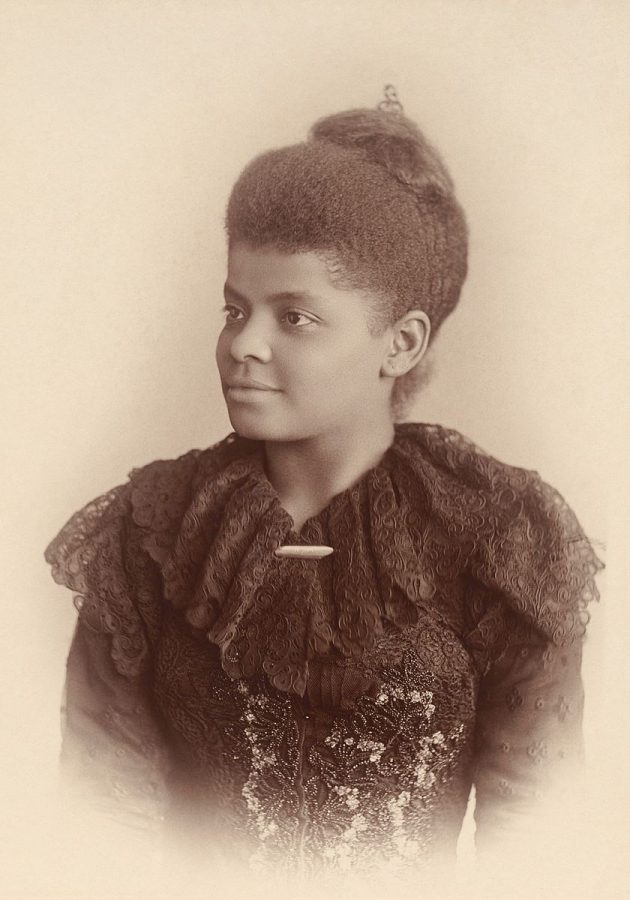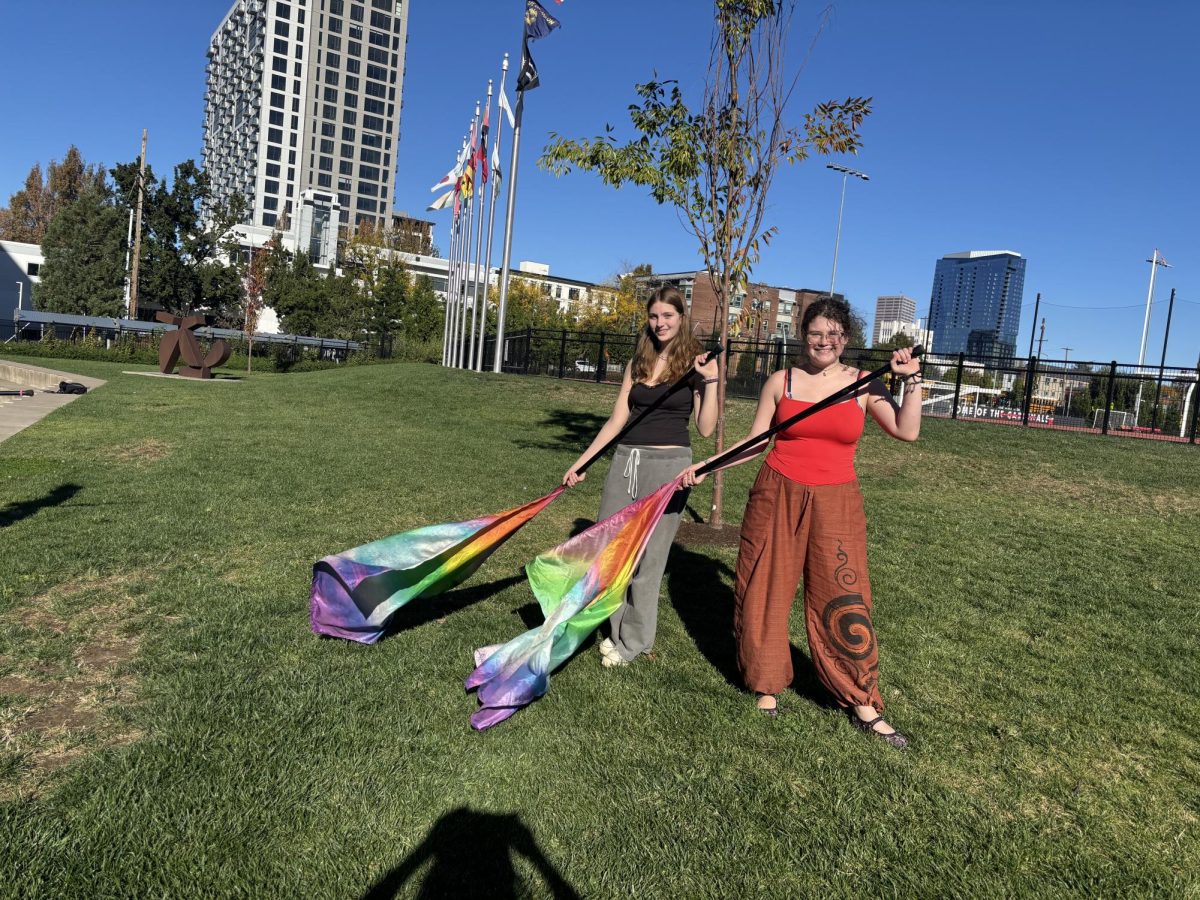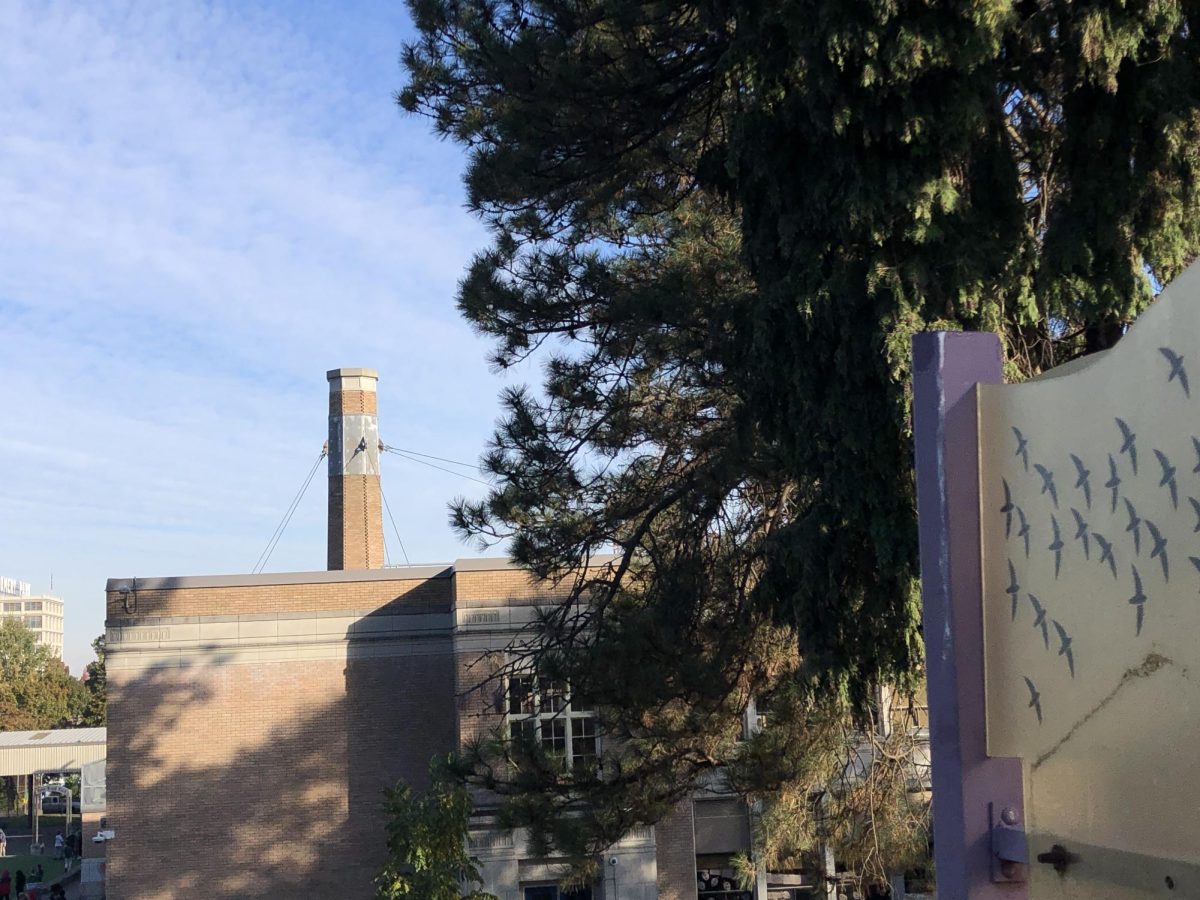Historic women who changed journalism
Born in 1862, Ida B. Wells-Barnett is one of the founders of investigative journalism. At great personal risk, she wrote about lynching as well as unequal access to education and other services. According to the National Women’s History Museum, Wells-Barnett confronted the white women’s suffrage movement for ignoring lynching; as a result, she was ostracized.
March 13, 2022
In honor of Women’s History Month, the Cardinal Times highlights several influential women—Ida B. Wells-Barnett, Nellie Bly and Maria Ressa—who have helped shape journalism.
Ida B. Wells-Barnett (1862-1931)
Born as an enslaved person in Mississippi during the Civil War, Ida B. Wells-Barnett first became a teacher at a young age with the goal of advocating for comprehensive and equal education of African American children. Along with being a teacher, Wells-Barnett reported for the Memphis Free Speech newspaper. She wrote critically about segregated school systems, and, as a consequence, her teaching contract was not renewed.
Wells-Barnett became a journalist full-time, reporting on and leading an anti-lynching crusade when her close friends became victims. When people found out, her printing press was burned and she was threatened so extensively that she was forced to move to Chicago for her safety. She later fought in the women’s suffrage movement (while verbalizing the racism in it too), created the first Black kindergarten in Chicago, and helped found the National Association for the Advancement of Colored People, whose goal was to eliminate racial prejudice and encourage equality.
Nellie Bly (1864-1922)
Young Elizabeth Cochrane, who was learning to be a teacher, took on the pen name Nellie Bly to write a letter to the Pittsburgh Dispatch. She criticized their column titled “What Girls Are Good For,” in which the author wrote about how women belonged in their homes, not in a workplace. The newspaper’s editor was so impressed with the style and writing of Bly’s rebuttal that he published it, and offered her a job as a columnist.
After moving to New York in 1887, Bly faced difficulty trying to find a place that would employ her to write serious articles. However, the New York World proposed a potential story exposing the nearby Blackwell’s Asylum and its terrible living conditions for patients. Bly spent 10 days in the asylum and was treated the same as an ordinary patient. She went on to write the article she titled “Ten Days in a Mad-House.” This type of writing, called “stunt journalism” at the time, became what is now known as investigative journalism.
Maria Ressa (1963-present)
Maria Ressa, born in 1963, immigrated to the U.S. from the Philippines with her family at seven years old after the declaration of martial law. She stayed in the United States for her schooling, then moved back to the Philippines and became a news and entertainment broadcaster for ABS-CBN, a television network in the Philippines. She later quit and became a lead investigative reporter for CNN, reporting on terrorism in Southeast Asia.
While she was living in the Philippines, the country was transitioning from an authoritarian system to a democracy. She used her platform to report on the first elections. Founding a digital-only newspaper, Rappler, Ressa focused on exposing corruption in the government and the manipulation of social media to promote certain parties.
In 2021, the Nobel Committee awarded the Nobel Peace Prize to Ressa for her “freedom of expression to expose abuse of power, use of violence, and growing authoritarianism in her native country.”




